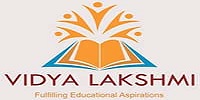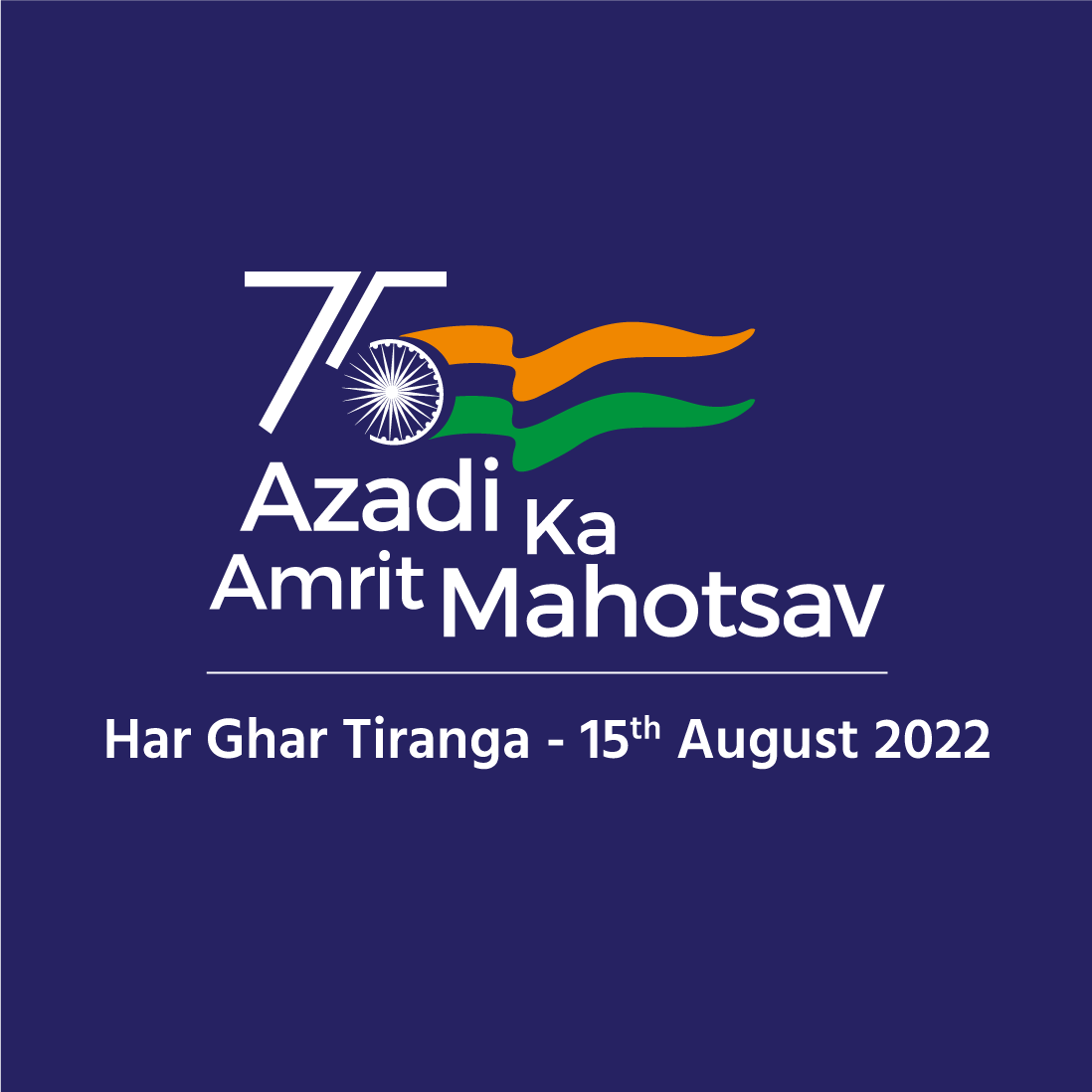
Indian Council of World Affairs
Sapru House, New DelhiAdvancing the Global Alliance Against Hunger and Poverty
Abstract: The Global Alliance Against Hunger and Poverty was officially launched at the G20 Leaders’ Summit in Rio de Janeiro (Brazil) between 18 and 19 November 2024. This paper explores the Alliance’s objectives, its structure and mechanism, and challenges with its implementation. While the Alliance presents a transformative vision, challenges such as funding gaps disagreements over approaches and systemic remain to be overcome.
Introduction
Brazil has a history of prioritising poverty reduction and food security. In the past two decades, it has implemented a range of policies to address the above-mentioned challenges. The “Fome Zero” (Zero Hunger) strategy was launched by President Lula in 2003 to eradicate the suffering caused by hunger and poverty. It included cash transfers to families, provision of school meals and support for the agriculture sector.[i] Taking this forward, Brazil launched The Global Alliance Against Hunger and Poverty (GAHP) at the end of its G20 presidency in November 2024. The Alliance represents the country’s vision to eradicate hunger and poverty (SDGs 1 — No Poverty, 2 — Zero Hunger, and Sustainable Agriculture) by 2030 while addressing inequalities (SDG 10 — Reduced Inequalities) and revitalising global partnerships (SDG 17 — Revitalize the Global Partnership for Sustainable Development).[ii] The announcement of the Alliance also takes forward the commitment made in the G20’s New Delhi Declaration to eliminate hunger and poverty. The Declaration called for supporting initiatives to strengthen global cooperation to establish inclusive and resilient food supply chains, which are premised on the initiative outlined by the Brazil Presidency.
At the G20 Rio Summit, strategic commitments of the Alliance were announced, including reaching 500 million people with cash transfer programs in low- and lower-middle-income countries and expanding school meals to 150 million children in countries with high child hunger rates by 2030.[iii] Building on its commitment to the cause, India has extended its support for the Alliance. Prime Minister Narendra Modi, while expressing solidarity at the Rio Summit in 2024, highlighted the adverse effects of conflicts on the Global South’s access to “food, fuel and fertilizer.”[iv] India has also expressed its support for harnessing the collective strength and resources of G20 to promote food security and eliminate poverty.
Structure and Function of the Alliance
The Alliance’s membership consists of 88 countries, 42 foundations, 25 international organisations and 9 international financial institutions. Open to membership from non-G20 countries since July 2024, the Alliance has Brazil and Bangladesh as its first members, followed by all G20 nations and entities worldwide.[v] The structure of the Alliance is based on three key pillars: (i) national, (ii) knowledge and (iii) financial. The national pillar focuses on country-led and owned public policies tailored to local needs. The knowledge pillar integrates data, technology, and evidence-based practices to create innovative solutions to policy issues. Finally, the financial pillar leads large-scale resource mobilisation from multilateral development banks, private entities and governments.[vi]
The Alliance operates through two key steps: (One) Preparation and (Two) Matchmaking. In the Preparation phase, the Alliance builds its infrastructure by consolidating a unified registry comprising four components: (a) evidence-based policies targeting SDGs 1 and 2, known as the Policy Basket. The Policy Basket and its instruments represent a set of flexible, evidence-based tools and strategies designed to address hunger and poverty in various nations;[vii] (b) commitments from state and non-state actors willing to fund SDG-related policies; (c) institutions offering technical support for policy development, implementation, or monitoring and (d) members’ priority programs, whether as cooperation demanders or providers.[viii] In the Matchmaking phase, member countries submit requests for support in implementing specific Policy Basket policies. The Alliance staff identifies potential partners through the registry and facilitates negotiations between parties. If challenges arise, the Board of Champions, composed of senior representatives from countries and organisations offering financial or technical support, intervenes to mediate.
To bring transparency and accountability, the FAO will host an annual Summit under The Global Alliance Support Mechanism (GASM) to supervise the progress of the alliance and implement course correction, if needed. [ix]
Aim
The Alliance intends to bring together member countries to fasten the progress of SDGs 1, 2 and 10. It does not aim to replace the already existing initiatives for hunger and poverty alleviation. Instead, it endeavors to act as a bridge to connect the gap between the countries that have the means to contribute and the countries that are struggling and need help. By sharing knowledge and resources, the Alliance tries to help avoid the duplication of efforts and promotes collaboration between member states.
The uniqueness of the Alliance lies in its interconnected approach — linking food security, employment, education and healthcare in a holistic strategy. For example, the "Sprints 2030" initiative under the Alliance aims to fast-track progress on six key interrelated issues from the Policy Basket in a comprehensive manner: cash transfers and social protection, school meals, maternal and early childhood health, socioeconomic inclusion, support for family farming and access to water.[x]
Challenges
While the Alliance’s goals are noteworthy, there remain challenges that need to be addressed. The Alliance has not provided its own definitions of “hunger” and “poverty” in its foundational documents. Instead, it reaffirms its commitment to achieving SDGs 1 and 2, which have previously defined these terms. However, since the Alliance is a new entity with ambitious goals and no legal binding, countries can withdraw from their commitments or may adjust the definitions of these terms to suit their own interests, undermining the spirit of multilateralism.
Besides, the Alliance doesn’t have an exclusive fund but instead connects countries in need with donors and technical support. The primary need for funding arises for the functioning of the Global Alliance Support Mechanism, which will cost around $2–$3 million/year. Brazil has committed to financing half of the Support Mechanism’s costs through 2030, with additional contributions from countries such as Bangladesh, Germany, Norway, Portugal and Spain.[xi] The Alliance has also garnered significant financial commitments. The Inter-American Development Bank (IDB) announced the largest contribution so far: $25 billion in loans for projects in Latin America and the Caribbean and an additional $200 million in grants to help countries establish social programs to combat hunger and poverty. [xii]
However, the implementation of the proposed model comes with its own set of financial challenges despite the donations and financial commitments. According to media reports, President Luiz Inacio Lula da Silva has proposed imposing a two per cent tax on the super-rich (around 3,000 people owning more than $1 billion in assets), which could generate $200–$250 billion in revenue per year. The expected revenue would be used to “fight inequality, fund the ecological transition, and tackle climate change.”[xiii]Nonetheless, ensuring accountability in funding allocation, policy execution and results monitoring requires robust mechanisms that can be difficult to establish and maintain. Another issue to be mentioned is that taxation comes under national law and all states may not follow Brazil’s proposal.
The G20 leaders also did not create a binding agreement on implementing a global wealth tax that could be used for the Alliance. Moreover, as experts have noted, many G20 countries are struggling to balance their budgets.[xiv] While additional taxes could be beneficial, it is challenging to reconcile national financial pressures with new international or multilateral commitments.
Conclusion
The Alliance's unique nature, which emphasizes collaboration, knowledge sharing and multilateralism linking food security, health, education and employment, offers a promising model for addressing hunger and poverty. As highlighted in this paper, ensuring accountability in securing funding and ensuring the implementation of policy decisions, in the absence of any binding agreements, remain a significant challenge. With “poverty” and “hunger” defined differently by states and differing priorities on achieving SDGs, it remains to be seen how the Alliance overcomes the hurdles in its path. Nevertheless, the G-20 initiative under President Lula’s Brazil is one of the largest hunger and poverty eradication global initiatives in recent years whose success will depend on G-20 building synergies with concerned international and regional organizations (like Food and Agriculture Organization, World Bank, Multilateral Development Banks ) but also with developing countries desiring G-20 support in the field.
*****
*Aditi Mishra, Research Intern, Indian Council of World Affairs (ICWA)
Disclaimer: The views expressed are personal.
Endnotes
[i] Food and Agriculture Organization of the United Nations (FAO). Fome Zero (Zero Hunger Program): The Brazilian Experience. Accessed December 31, 2024. https://www.fao.org/fsnforum/resources/reports-and-briefs/fome-zero-zero-hunger-program-brazilian-experience.
[ii] Global Alliance Against Hunger and Poverty. Global Alliance Foundational Documents. October 2024. https://globalallianceagainsthungerandpoverty.org/wp-content/uploads/2024/10/Global-Alliance-Foundational-Documents.pdf.
[iii] Global Alliance Against Hunger and Poverty. “Countries, Organizations, and Development Banks Announce the Largest Collective Effort Ever Made to Eradicate Hunger and Reduce Poverty.” Global Alliance Against Hunger and Poverty, 2024. Accessed December 24, 2024. https://globalallianceagainsthungerandpoverty.org/in-the-media/countries-organizations-and-development-banks-announce-the-largest-collective-effort-ever-made-to-eradicate-hunger-and-reduce-poverty/.
[iv] Ministry of External Affairs, Government of India. ’G20 New Delhi Leaders’ Declaration’. Ministry of External Affairs, September 2024.
https://www.mea.gov.in/Images/CPV/G20-New-Delhi-Leaders-Declaration.pdf.
[v] Global Alliance Against Hunger and Poverty. “Members.” Global Alliance Against Hunger and Poverty, 2024. Accessed December 24, 2024. https://globalallianceagainsthungerandpoverty.org/members/.
[vi] Global Alliance Against Hunger and Poverty. Global Alliance Against Hunger and Poverty: Terms of Reference and Governance Framework. Accessed December 18, 2024. https://globalallianceagainsthungerandpoverty.org/global-alliance-against-hunger-and-poverty-terms-of-reference-and-governance-framework/#Constituent-Pillars.
[vii] Global Alliance Against Hunger and Poverty. Policy Basket. Accessed December 18, 2024. https://globalallianceagainsthungerandpoverty.org/policy-basket/.
[viii] Global Alliance Against Hunger and Poverty. Fact Sheet. Accessed December 18, 2024. https://globalallianceagainsthungerandpoverty.org/fact-sheet/.
[ix] The Support Mechanism brings together a dedicated team of experts overseeing the Alliance’s operations. This group positions the Alliance as a facilitator, assisting in planning, developing, and/or enhancing partnerships to expand policy tools and initiatives focused on addressing hunger and poverty.
[x] Global Alliance Against Hunger and Poverty. "Sprints 2030 of the Global Alliance: Understand the Proposals to Eradicate Hunger and Poverty That Will Receive Billion-Dollar Support from Banks." Global Alliance Against Hunger and Poverty. Last modified December 12, 2024. https://globalallianceagainsthungerandpoverty.org/in-the-media/sprints-2030-of-the-global-alliance-understand-the-proposals-to-eradicate-hunger-and-poverty-that-will-receive-billion-dollar-support-from-banks/.
[xi] Government of Brazil. “Brazil’s President Lula Launches the Global Alliance Against Hunger and Poverty Alongside 148 Members, Including 82 Countries.” Planalto, 2024. Accessed December 24, 2024. https://www.gov.br/planalto/en/latest-news/2024/11/brazil2019s-president-lula-launches-the-global-alliance-against-hunger-and-poverty-alongside-148-members-including-82-countries.
[xii] World Vision. “Ground-Breaking Alliance Aims to Fast-Track End of Hunger and Poverty.” World Vision International, 2023. Accessed December 24, 2024. https://www.wvi.org/newsroom/enough/ground-breaking-alliance-aims-fast-track-end-hunger-and-poverty.
[xiii]Reuters. “Eleição presidencial nos EUA: Pesquisa de boca de urna mostra divisão acirrada entre Trump e Biden.” Reuters, November 24, 2024. https://www.reuters.com/pt/mundo/AGOHRFEUANOQ5PMPSSMZ4G5MHM-2024-11-18/.
[xiv] Martin, Nik. “G20 Summit: Brazil’s Billionaire Tax Plan Faces Pushback.” DW, November 19, 2024. https://www.dw.com/en/g20-summit-brazils-plan-to-tax-super-rich-for-climate-poverty-faces-hurdles/a-70771591.















